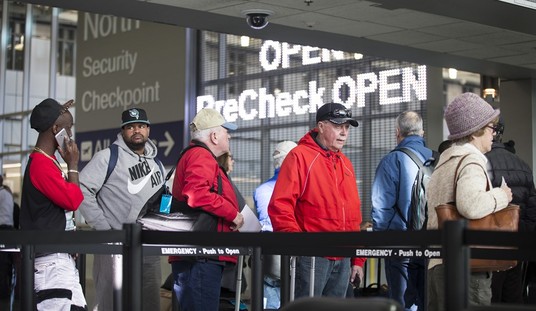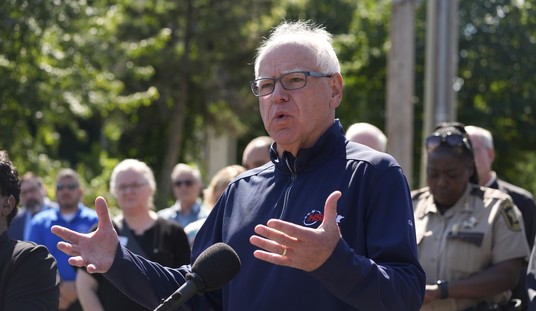This device enabled a relatively primitive and decidedly low-tech weapon to defeat a lot of the armor on American vehicles. It is safe to say that a substantial number of the 2,550 American soldiers killed by IEDs were the victims of this particular type of device. Where did the Iraqi militias get these devices?
The most lethal weapon directed against American troops in Iraq is an explosive-packed cylinder that United States intelligence asserts is being supplied by Iran.
The assertion of an Iranian role in supplying the device to Shiite militias reflects broad agreement among American intelligence agencies, although officials acknowledge that the picture is not entirely complete.
In interviews, civilian and military officials from a broad range of government agencies provided specific details to support what until now has been a more generally worded claim, in a new National Intelligence Estimate, that Iran is providing “lethal support” to Shiite militants in Iraq.
The focus of American concern is known as an “explosively formed penetrator,” a particularly deadly type of roadside bomb being used by Shiite groups in attacks on American troops in Iraq. Attacks using the device have doubled in the past year, and have prompted increasing concern among military officers. In the last three months of 2006, attacks using the weapons accounted for a significant portion of Americans killed and wounded in Iraq, though less than a quarter of the total, military officials say.
Indeed, Iranian meddling in Iraq in order to run up a US casualty count was a subject of interest:
In Iraq, U.S. troops now have the authority to target any member of Iran’s Revolutionary Guard, as well as officers of its intelligence services believed to be working with Iraqi militias. The policy does not extend to Iranian civilians or diplomats. Though U.S. forces are not known to have used lethal force against any Iranian to date, Bush administration officials have been urging top military commanders to exercise the authority.
The wide-ranging plan has several influential skeptics in the intelligence community, at the State Department and at the Defense Department who said that they worry it could push the growing conflict between Tehran and Washington into the center of a chaotic Iraq war.
Things have changed. As the US slowly becomes an Iranian client state, we are now stationing our troops on the same compounds as Iranian trained and led troops:
The U.S. military and Iranian-backed Shiite militias are getting closer and closer in Iraq, even sharing a base, while Iran uses those militias to expand its influence in Iraq and fight alongside the Bashar al-Assad regime in neighboring Syria.
Two senior administration officials confirmed to us that U.S. soldiers and Shiite militia groups are both using the Taqqadum military base in Anbar, the same Iraqi base where President Obama is sending an additional 450 U.S. military personnel to help train the local forces fighting against the Islamic State. Some of the Iran-backed Shiite militias at the base have killed American soldiers in the past.
Some inside the Obama administration fear that sharing the base puts U.S. soldiers at risk. The U.S. intelligence community has reported back to Washington that representatives of some of the more extreme militias have been spying on U.S. operations at Taqqadum, one senior administration official told us. That could be calamitous if the fragile relationship between the U.S. military and the Shiite militias comes apart and Iran-backed forces decide to again target U.S. troops.
This is just insanity. This places US forces in the untenable position of using a base that is occupied by their enemies inside of a nation where Iran has enormous sway. In a best case scenario, concerns for force protection will require American troops to place concerns for their own safety above whatever mission they’ve been sent to accomplish (and I have to admit that I have no idea what that mission could be and I know I’m not alone). In a worst case scenario we’ve giving the Iranians a few hundred American hostages.















Join the conversation as a VIP Member